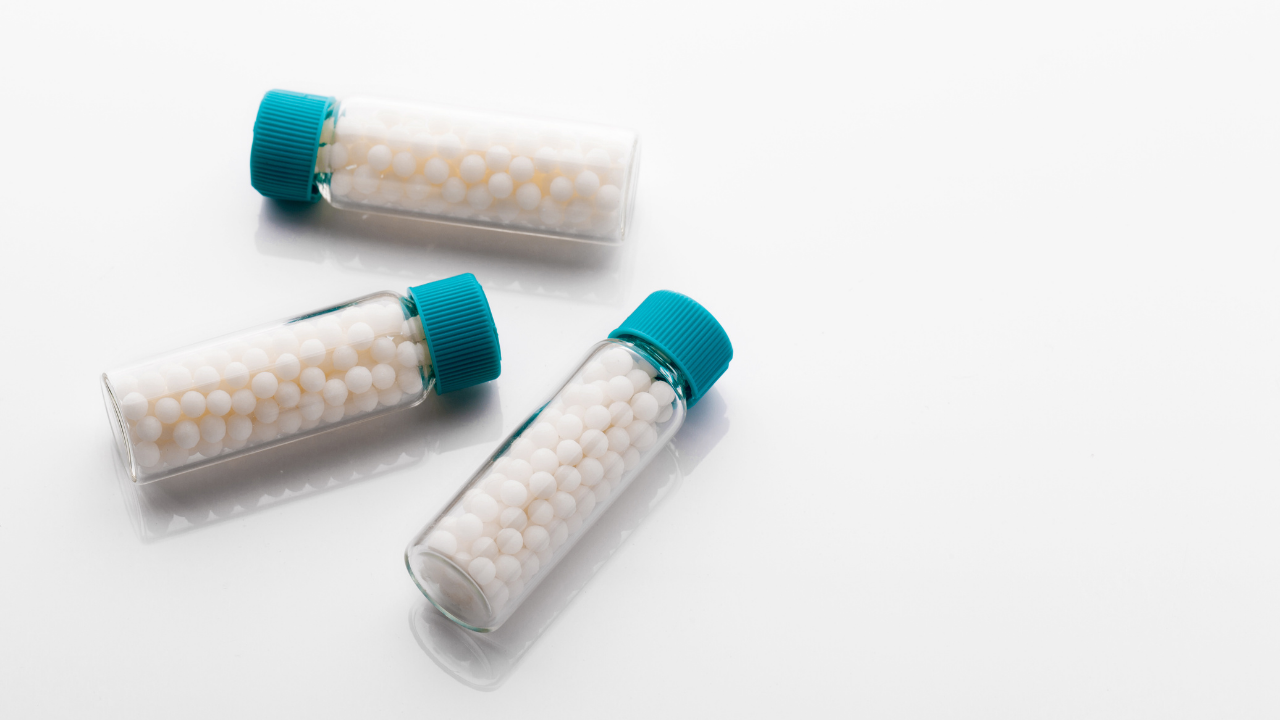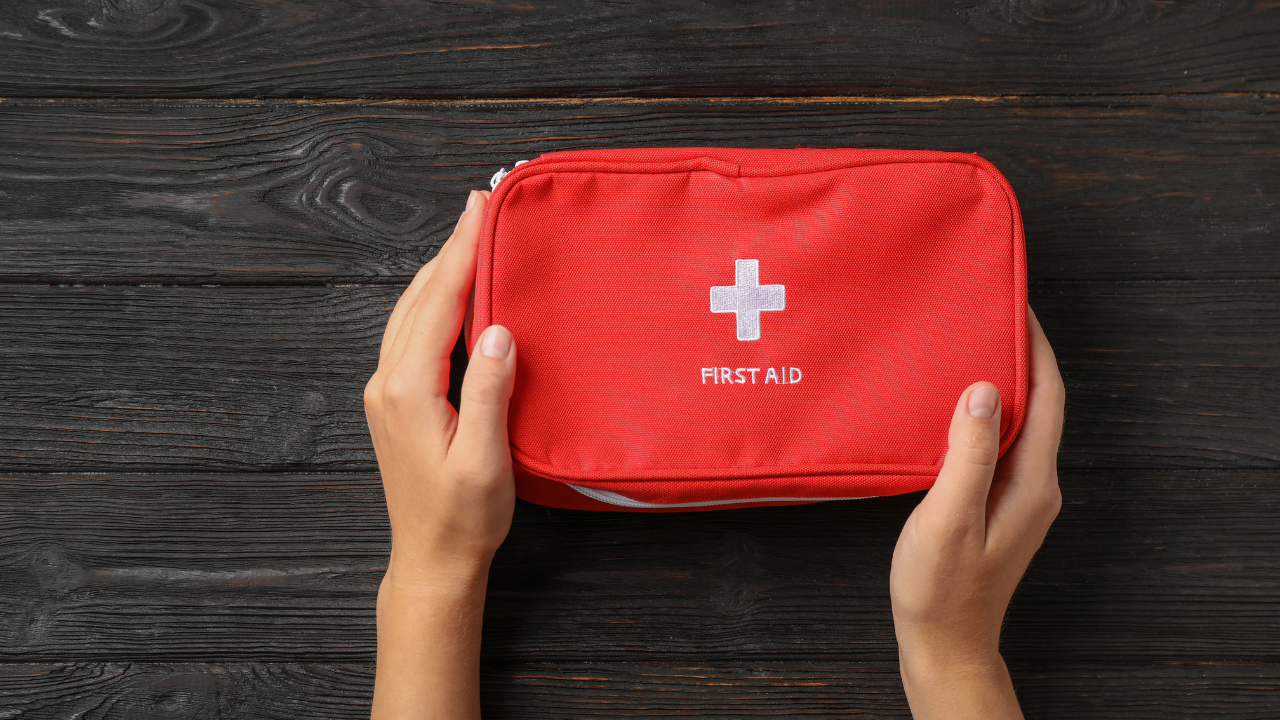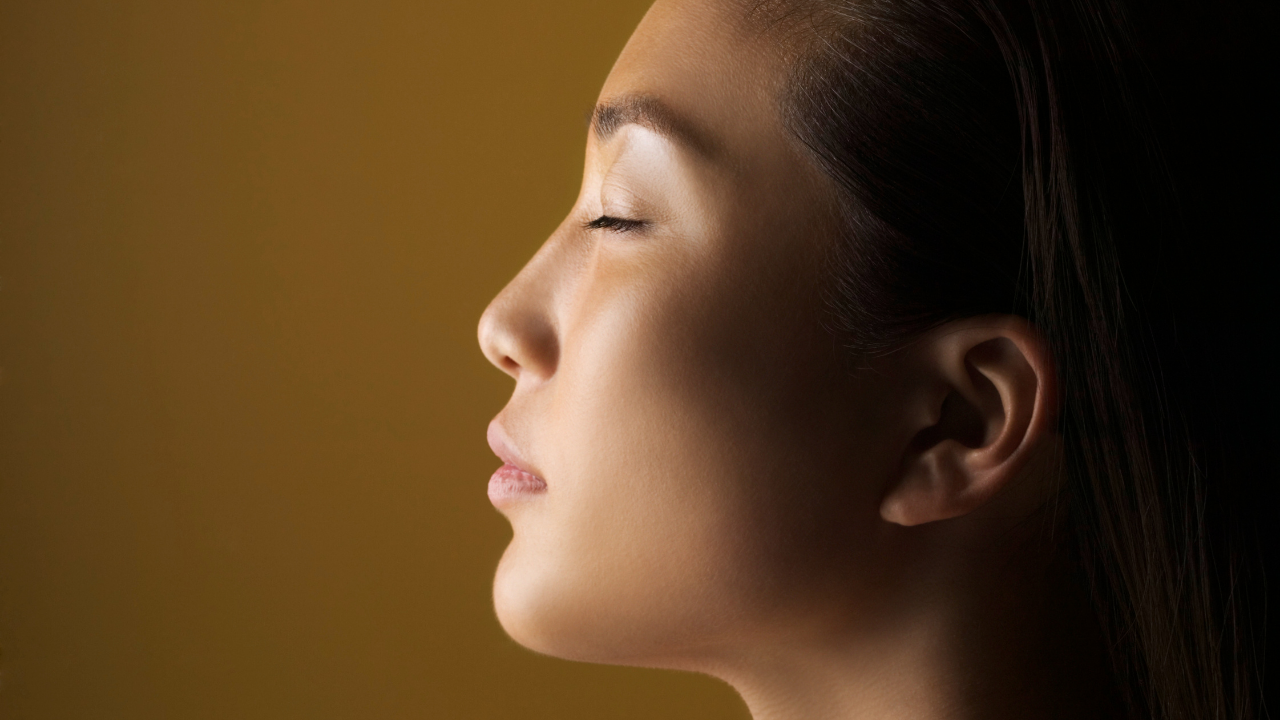Homeopathy Tips Newsletter
Is Homeopathic Medicine a Placebo?

I often see articles that refer to homeopathy as placebo. Or far worse, quackery. I know from years of experience that something does happen when the correct remedy is given. Because there are no direct effects and only what can be revealed by the dynamic expression of the vital force, it is a fair assumption that the effects of the remedy have been placebo. So I thought we should investigate this idea.
What does placebo really mean? According to Websters Dictionary, placebo is Latin for "I shall please." Our common thought about placebo is that because we take a pill, even though there is no physical signature of the substance, we have a healing response because we believe it. So the placebo is the pill saying "I shall please. I am at your service. Make use of what I have to offer." And the belief of the person is, "I believe this to be true. So it is." And a response happens. We often will see this even in homeopathy when it is inappropriate to repeat the remedy and instead will of...
Homeopathic Emergency Travel Kit

Whenever I travel, I carry a homeopathic emergency travel kit with me. In it are 50 remedies that are the most helpful in any emergency or acute condition that could arise when I am away from home. I will not go over all of the remedies in the kit but I will share with you some ways to put your own kit together and why.
The thing about emergencies is that you never know when one will arise. So it is best to always be prepared, especially in this ever-changing world we live in. Having only a little homeopathic knowledge and some basic remedies can make a huge difference in self-care and the care of others. In most emergencies, the very first thing to do is ask for help. This means offering a silent prayer for help from divine sources as well as calling for help from ambulance, fire, or police.
In most emergencies, these physical helpers may be out of reach or too busy helping others. It is then our responsibility to help ourselves and others and do the best we can. I believe any respo...
Physician, Heal Thyself

I often hear people refer to homeopaths as healers. Each time I hear this, I am a bit taken aback, especially when it comes from a fellow homeopath. It is my humble opinion that we each are responsible for our own healing and could not bring healing to another by our own volition. We may initiate a process with another individual either by prayer, good intention, education, or homeopathy but ultimately it is the derangement in the person's vital force that produces disease and it will be the very same vital force that establishes order and healing. We may inspire, but we do not do the healing.
The exception to this rule is when we heal ourselves. We are the only ones we can heal and it is our responsibility to our clients and ourselves to do this healing. As a fellow member of the human race, we are bound by the same natural laws as those we are trying to help. So we must do all we can to heal our lives and be free to use our reason-gifted mind so that it can employ this living, healt...
Allopathic Drugs and Homeopathy

One of the biggest challenges for modern homeopaths is the frequent use of drugs that are being used to treat all illnesses. For the homeopath, we see these as obstacles to cure. This is true. But how do we deal with drugs when our client comes to us seeking help and is taking other allopathic drugs from their doctor?
In an ideal world, all of our clients would be informed and willing to go through the steps of healing without drugs. But most clients are already indoctrinated and insured into the allopathic system. Yet most say they do not want to take drugs and want help. That's why they have come to the homeopath. So what is a homeopath to do? First, I personally never take anyone off of the drugs that they are on. This, I explain, is between themselves and their doctor who prescribed them. I do not want the responsibility of managing the drug withdrawal and never know for sure how much the drug is affecting the person. I want the client to become more responsible and communicate th...
Finding Stillness to Hear Your Inner Voice

One of the most important tasks as a homeopath is to hear the case before you. This involves being a non-prejudiced observer, to hear and understand but have no judgment about the case. Yet understanding the case requires that we use our judgment. So how can both be true?
This is often a big hurdle to overcome for new homeopaths and some older ones as well. Our minds will generate many thoughts that can lead to prejudice, how a case is similar to another case, or seeing a remedy picture and starting to fit the case to the remedy, etc.
When these types of thoughts start to arise in the homeopath's mind, they can be very distracting or, worse, can influence the case. When thoughts are running out of control, there is no way to remain present for the case. This is especially true when we identify ourselves with the story and have our own emotional response to the person before us.
So how do we avoid this monkey mind, as I call it? This mind that is generating so many distracting though...
Source of Illness

I received this quote from Abraham-Hicks Publications. It got me thinking about the source of illness. Here’s the quote:
"If there is no source of illness, why are there so many sick people? It is because they have found lots of excuses to hold themselves in vibrational discord with wellness. They are not letting it in. And when they don’t let it in, the absence of it looks like sickness. And when enough of them do it you say, 'Oh, there must be a source of sickness. In fact, let’s give it a label. Let’s call it cancer. Let’s call it AIDS. Let’s call it all kinds of terrible things, and let’s imply that it jumps into people’s experience.' And we say it never jumps into anybody’s experience. It’s just that people learn through trial and error, and — through banging around with each other — patterns of thought that don’t let it in.
Excerpted from Buffalo, NY on 9/27/00
Our Love
Esther (Abraham and Jerry)"
How might this be explained in Homeopathy? Hahnemann obviously had given serious...
Tips for Talking to Your Clients

One might think one of the easiest things about being a homeopath is talking to your clients. But actually, it carries an incredible responsibility and I have found that it can be one of the more difficult aspects of being a new homeopath.
After many years of talking with many thousands of people, I can say for sure that there is a great art in talking with your clients. Two things happen during the consultation that makes getting our message through quite difficult. One is if the client has not been to a homeopath before, then everything will be new for them and overwhelm is usually the end result. The other thing that happens as a result of the overwhelm is that they will remember maybe only half or less of what you have shared with them.
This is one reason why follow-ups are very necessary. It usually takes a few visits of repeating the information about the homeopathic healing process for them to really start to understand. So here are some pointers that may really help.
- Get v ...
How to Find Out What Is Asking to Be Healed

One of the key elements to successful Homeopathic prescribing is knowing what’s asking to be healed. Without this, we do not have a case. When your client is giving their case, it is not always so easy to decipher between the presenting symptoms and the root cause of them. But unless you can perceive the general energy of the case, you will not be so successful in finding the correct remedy.
The key to finding the core energy of the case is having a clear mind, without prejudice. Only when we are able to allow everything that we are experiencing with the case to come up and then let go can the distilled, single idea, ever come forth. There are far too many details and symptoms to ever perceive the general single idea about the case if we are caught up in them.
These details are important in repertization and finding the remedy, but they are not nearly as important in knowing what is asking to be healed. When I am teaching with cases I always ask the students, “Do we have a case?” Unt...
The Importance of the Skin Eruption

Often, in the course of treatment, I have a client who starts to complain about a skin eruption. If they missed the part of our initial consultation about skin eruptions, the conversation goes something like this:
"Hey Robert, should I go see the dermatologist for this thing happening on my skin. I think I have eczema. Maybe I should get some cream for it. It sure itches." This is when I get to repeat myself and remind them of the importance of skin eruptions.
The skin is the largest and least vital organ of the body. It is also the most peripheral organ, at the most outer surface of the body. The skin can express the most dis-ease and the body can still function and survive. Slight damage to the brain, heart or, lungs can lead to death or severe suffering. But the skin can sustain severe damage and the whole organism can still function.
When we heal, the physical body needs to express all levels of our healing. The vital force needs to be able to push the dis-ease to the surface. T...
The Art of Active Listening

When we receive a case, it is the homeopath’s job to listen and record as close to verbatim as possible everything the person says. This requires active listening. We are listening and writing at the same time. This is not a difficult task once you have practiced it. One of the challenges I see in students is learning the art of active listening. This is not the same as everyday listening. It requires us to pay very close attention to the words the person is saying and the context they are using them in.
This is not conversational listening. This is active listening and demands focus and using both sides of our brain at the same time. People speak to give voice to their thoughts. They are telling you the content of their mind. Some have the ability to speak untruths to a greater extent than others. But in the end, even the most sincere person will bend their truths and paint slightly different realities than exist. This is fine for the homeopath because what they bend in facts they ma...

